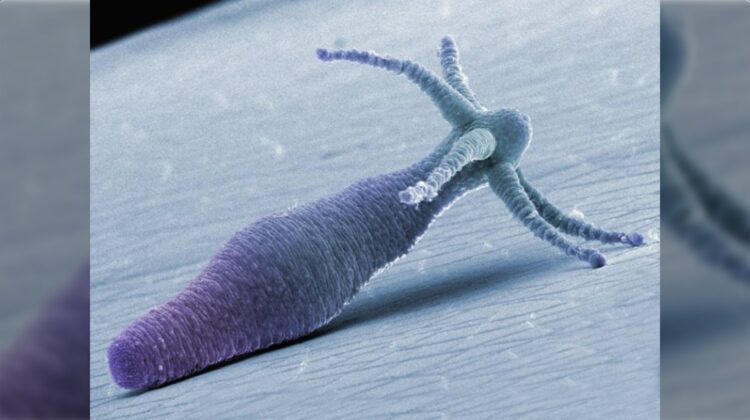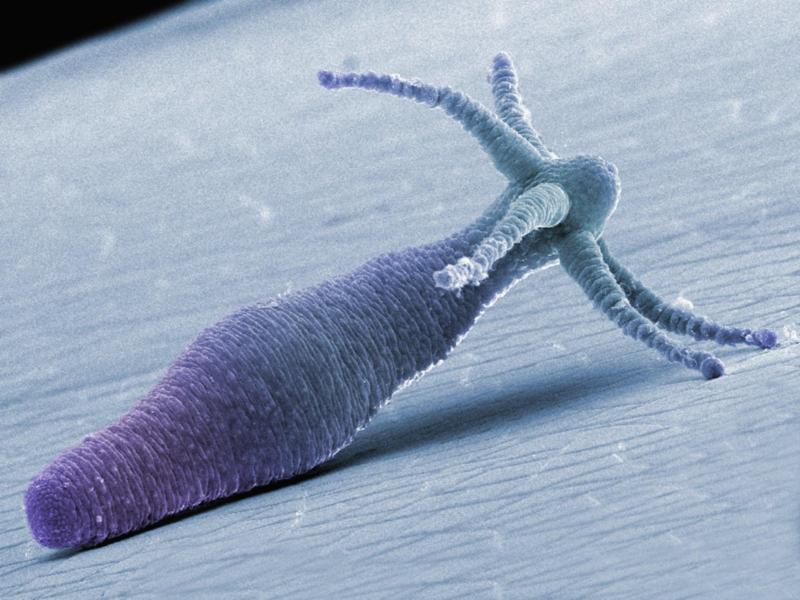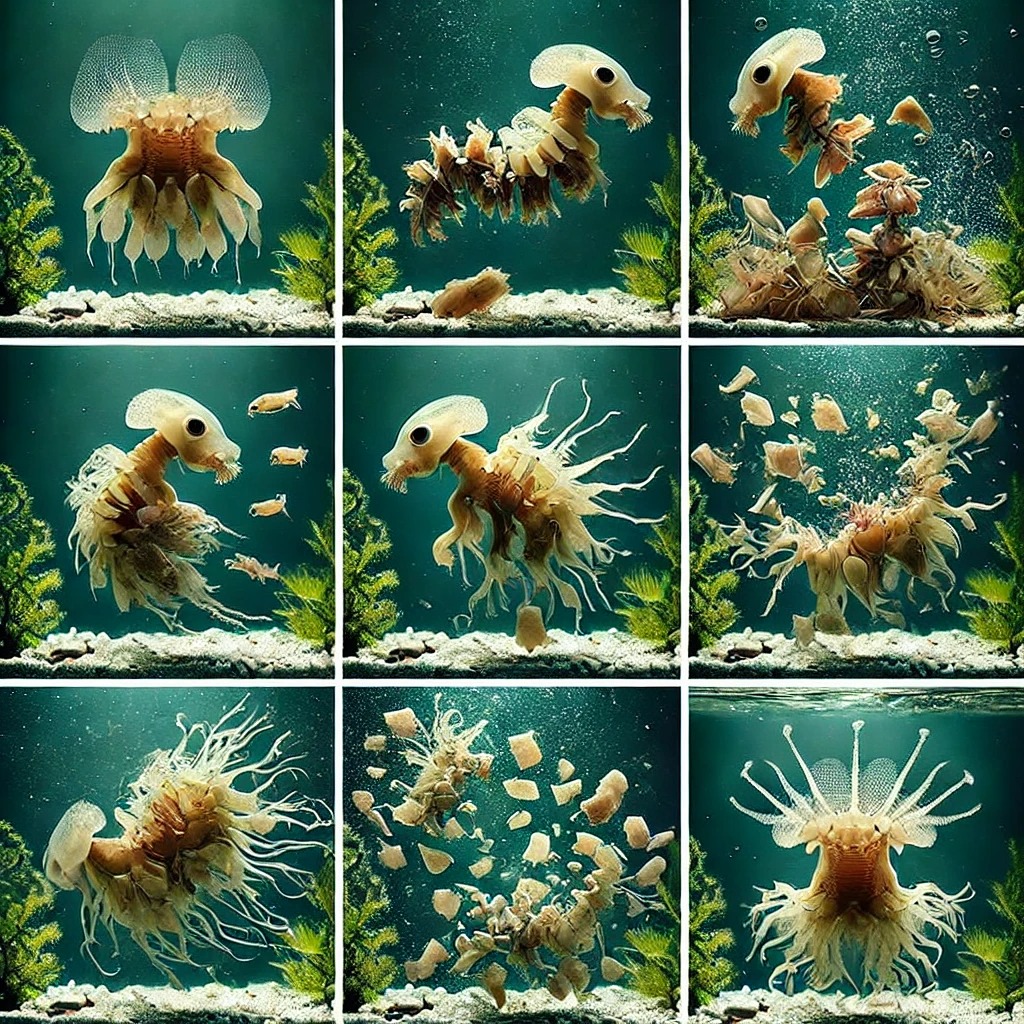
Hydra, a remarkable freshwater organism closely related to jellyfish, has an astonishing ability: it can survive extreme physical trauma, such as being chopped into pieces in a blender. What makes this small creature fascinating is its regenerative powers. The pieces of its body will actively move toward each other and reassemble to form a complete, functioning organism once again.
This ability of Hydra to self-repair highlights an incredible survival mechanism in nature, particularly among simpler creatures. Unlike most animals, which would perish from such injuries, the Hydra demonstrates resilience by regenerating itself. Its simple, tubular body structure, with a head and tentacles, is capable of regenerating lost parts by activating specialized cells. This unique feature allows the Hydra to continuously renew itself, making it functionally immortal under normal conditions.

Imagine slicing a Hydra into multiple pieces, each part crawling toward others, reuniting as if they never were separated. The regenerative process is not just about survival—it’s a form of rejuvenation that many complex organisms, including humans, can only dream of.

Hydra’s regenerative powers make it a fascinating subject in biological research, offering insights into potential advancements in medicine and tissue regeneration. Their ability to replace lost cells could one day help scientists understand how to replicate this process in other organisms, possibly paving the way for breakthroughs in healing and aging.
This combination of resilience and simplicity makes the Hydra a creature of enduring intrigue, showing us that even the smallest organisms can hold the greatest secrets of survival and regeneration.
Here’s a visual representation of this extraordinary process of reassembly happening underwater with Hydra fragments moving and crawling back toward each other to form a complete organism.

Leave a Reply